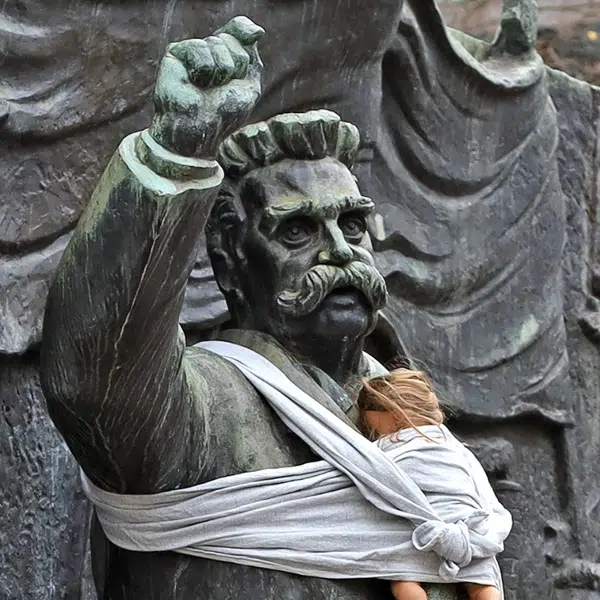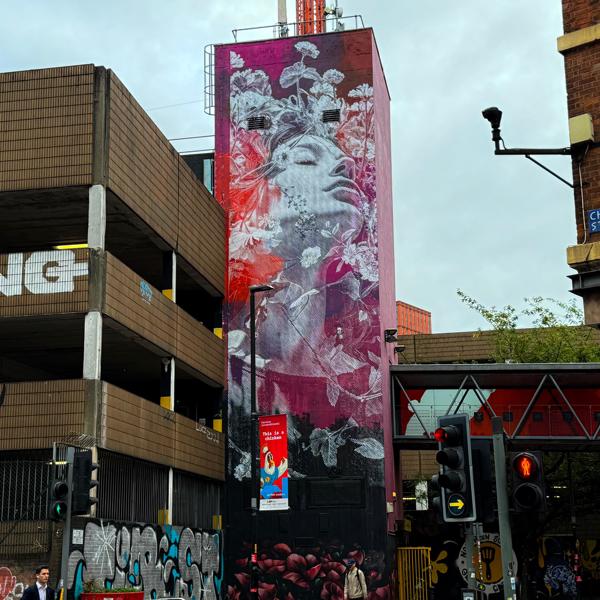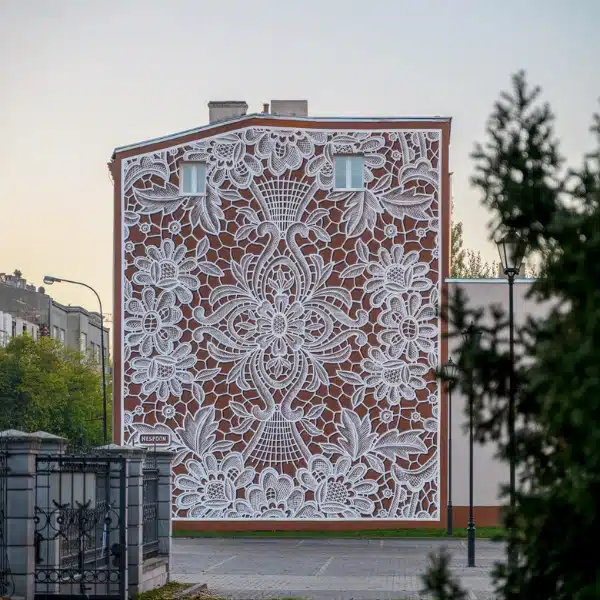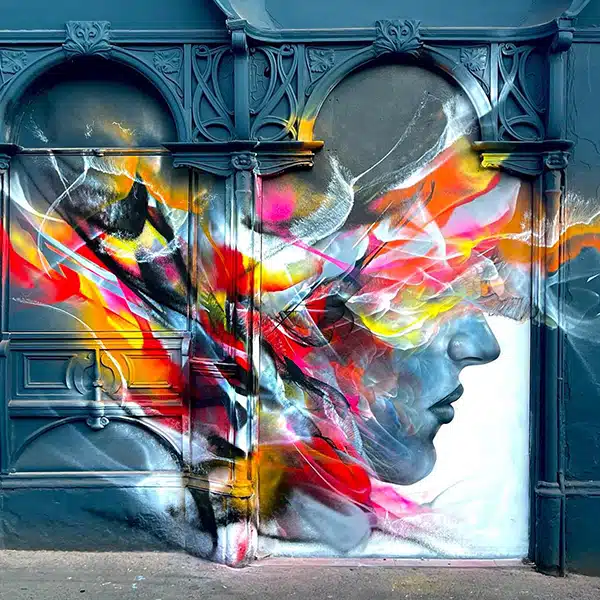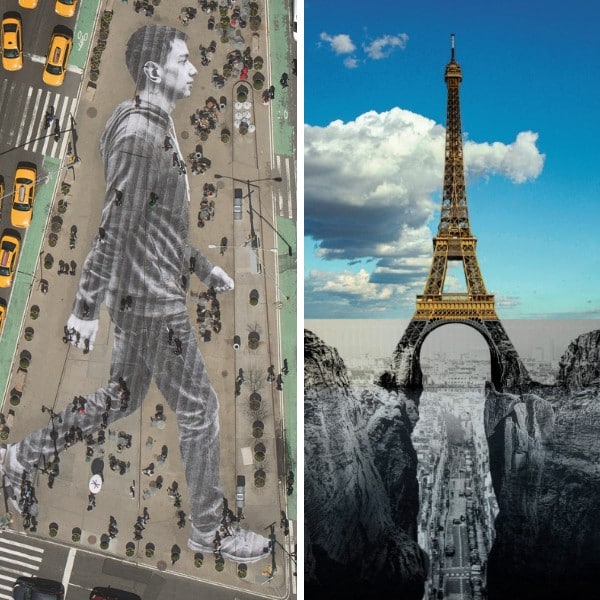View this post on Instagram
In the late 20th century, Jean-Michel Basquiat turned the contemporary art world on its head. Living and working in New York City in the 1970s and 80s, the young artist helped pioneer and popularize street art by bringing graffiti into the gallery—a monumental move that made the glitz and glamor of the art world accessible to people from all walks of life.
While you're likely familiar with Basquiat's “chicken scratch,” crown-topped paintings, you may not know much about the man behind the masterpieces. Here, we present a few fascinating facts about Basquiat's life, from his cultured childhood to life as a young adult in the limelight.
Full Name | Jean-Michel Basquiat |
Born | December 22, 1960 (New York City, New York) |
Died | August 12, 1988 (New York City, New York) |
Notable Artwork | Untitled, Boy and Dog in a Johnnypump |
Movement | Neo-expressionism |
As a child, Jean-Michel Basquiat enjoyed art, museums, and a medical textbook.
In 1960, Jean-Michel Basquiat was born in Brooklyn to a Haitian father and a Puerto Rican mother. From an early age, it was clear that he was a gifted child; in addition to achieving fluency in French, Spanish, and English by the age of 11, Basquiat excelled academically (following an accident and subsequent surgery at the age of seven, he read Gray's Anatomy from cover to cover) and was a talented artist. In order to foster his creative talents, his mother would regularly take him to art museums, with the Brooklyn Museum among his favorite institutions.
Not everyone, however, saw the budding artist's potential—including Basquiat himself. “I was a really lousy artist as a kid,” he reflected. “Too abstract expressionist; or I'd draw a big ram's head, really messy. I'd never win painting contests. I remember losing to a guy who did a perfect Spiderman.”
At 17, he was homeless and sold sweatshirts and postcards to support himself.
View this post on Instagram
Still, the young artist found a fan in his mother, noting that “the art came from her.” Unfortunately, however, she was not mentally well, culminating in frequent hospital stays and an unstable household. Due to his mom's dwindling presence and dissipating support, Basquiat dropped out of school and left home as a teenager. As a result, his father effectively cut him off, and the 17-year-old survived by staying with friends and selling his work.
He found fame with four letters.
After falling on hard times, however, Basquiat was quick to find his footing. In the late 1970s, he and fellow artist Al Diaz became street celebrities with the emergence of SAMO©, a tag that they spray-painted all over Lower Manhattan. Pronounced “same-oh” and shorthand for “the same old sh-t,” Basquiat notes that this short but sweet word served as a “sophomoric” signature for the duo. “It was supposed to be a logo,” he explained, “like Pepsi.”
Soon, the duo began pairing this trademark with poetic and critical statements, like SAMO©…4 MASS MEDIA MINDWASH. Eventually, Basquiat even incorporated it into more elaborate work on canvas. Soon, however, they decided to retire the “logo,” making it official by spray painting a series of “SAMO© IS DEAD” statements around the city in 1980.
Andy Warhol became his mentor.
View this post on Instagram
Following his SAMO© success, Basquiat began to mingle with New York City's avant-garde elite. One figure who was particularly drawn to the artist was Andy Warhol, whom Basquiat met—and sold postcards to—at a restaurant in 1979. At this time, the Pop Art pioneer was well-established and well-connected, making him an ideal mentor for the up-and-coming artist.
Still, this working relationship attracted ample attention from fellow members of New York City's art scene. Some, like Warhol's own studio assistant Ronny Cutrone, believed it was motivated purely by personal gain. “Jean-Michel thought he needed Andy’s fame, and Andy thought he needed Jean-Michel’s new blood,” he said. Others, however, insisted that their pairing was both professional and platonic.
In any case, their partnership was short-lived. After a disappointing collaborative project in 1985, they had a falling out and, at the time of Warhol's death in 1987, they were not on speaking terms.
He had a love-hate relationship with the limelight.
Though riddled with drama, Basquiat's relationship with Warhol was a turning point in his career. In 1980, he was invited to participate in the prestigious Times Square Show, and, by 1981, he was exhibiting his work as a solo artist and selling pieces for tens of thousands of dollars. That same year, he began working closely with fellow emerging artist Keith Haring and became romantically involved with an up-and-coming singer known as Madonna.
While he appreciated the opportunities that such status had to offer, he found it difficult to handle sudden success. “I had some money, I made the best paintings ever,” he said in 1985. “I was completely reclusive, worked a lot, took a lot of drugs. I was awful to people.”
Sadly, just two years after making this statement, Basquiat died of a heroin overdose in his Manhattan studio. He was just 27 years old.
His legacy is more relevant than ever.
View this post on Instagram
Basquiat worked as a professional artist for less than a decade. However, even with such a short career, the artist remains one of contemporary art's most celebrated contemporary artists, and, consequently, a cultural icon—especially in today's context.
Basquiat regularly incorporated racially-charged imagery in his prolific body of work, from the real-life murder of an unarmed black man by police to anonymous figures inspired by African folk art. To Basquiat, “the absence of black artists [was] painfully evident,” the Fondation Louis Vuitton explains, and “the artist imposed the need to depict African American culture and revolts in equal measure in his work.”
Perhaps no aspect of Basquiat's work embodies this idea more than the crown, a symbol that has come to characterize his oeuvre. Though rendered as a primitive, cartoon-like drawing, this motif adopts a powerful meaning when placed on the heads of his black subjects, whether anonymous characters, real-life figures, or even himself.
After all, as the artist pointed out: “Every single line means something.”
Related Articles:
10 Great Hispanic Artists Who Shaped Western Culture
30 Brilliant Quotes About Art From Famous Artists and Great Creative Minds
What is Contemporary Art? An In-Depth Look at the Modern-Day Movement












































































